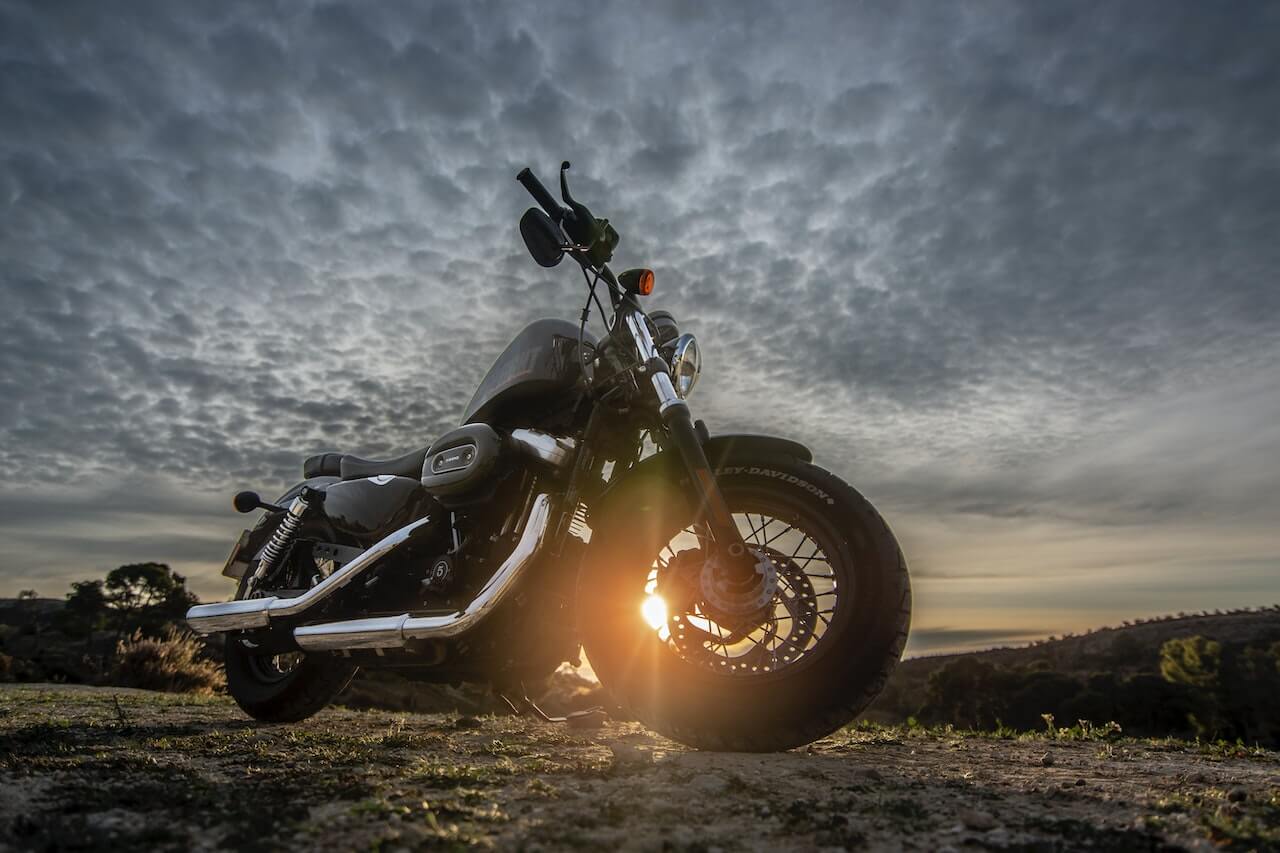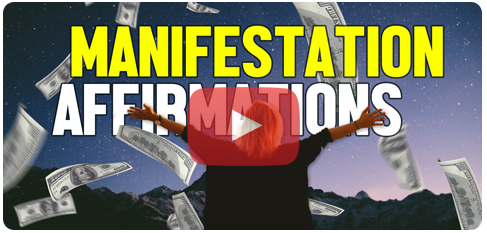Many bikers choose to invest in a used motorcycle rather than buying a new one today. They recognize the value of doing so. However, they also want to get a quality motorcycle at a reasonable price.
When the time comes to determine the value of your motorcycle before buying, a person should take multiple steps. By taking these steps, a buyer feels more comfortable they are getting a quality bike that will last for years.
Overall Condition
Evaluate the overall condition of the bike. Does it look clean and well-cared for? Look at those spots that are difficult to clean and see if the owner has taken this step regularly. If not, they may have neglected other maintenance tasks.
When doing this inspection, look at the tabs that connect plastic fairings to the frame. This is where any evidence of an accident will be most apparent. If the repairs were shoddy, it would be easy to see.
Inspect the Exhaust
People often want to hear how the bike sounds. It’s best to check a cold bike when inspecting it for the first time. A warm engine will turn over quickly. That’s not the case when it is cold.
In addition, it’s easier to tell if the exhaust is solidly mounted when the bike is cold, and areas of corrosion are easy to feel. Start the bike up and see if there is an exhaust leak, as they can be heard more clearly at that time. Finally, look for dents in the exhaust header because they can lead to performance issues.
Check the Foot Pegs
Don’t overlook the foot pegs when inspecting a bike. Check for any scrapes on the pegs. This shows the bike was ridden hard and leaned vigorously at least once. While this doesn’t need to be a deal breaker, consider it when deciding whether this is the bike to buy.
Examine the Clutch
Expect to see a little slack in the clutch cable. The rider can adjust this cable, so some slack isn’t worrisome. Next, text the clutch to ensure it releases smoothly. If snaps or pops are felt, this is cause for concern.
Sit on the bike and engage the clutch. The bike should roll easily in first gear. There shouldn’t be much resistance when the clutch is engaged. Pay attention to any play in the clutch. If there isn’t play before it engages, this is a sign the clutch has been exposed to excessive wear.
Test the Suspension
While on the bike, push down on the front end. If the forks make noise or bounce back quickly, the bike has damage. Inspect the fork seals to see if there is fork oil on the forks or the seals. New seals cost little, but rust or nicks on the fork tubes could mean the bike needs a major repair.
Bounce on the seat. Pay attention to the rear shocks when doing so. They should offer resistance and not spring up and down. If they don’t, the bike could need more repairs.
Never rush purchasing a used bike. It’s best to let a bike go if there are questions about its condition. No biker wants to purchase a new ride only to find they cannot use it until they spend a large sum of money on repairs. By taking these steps, any person can reduce the risk of this happening.








